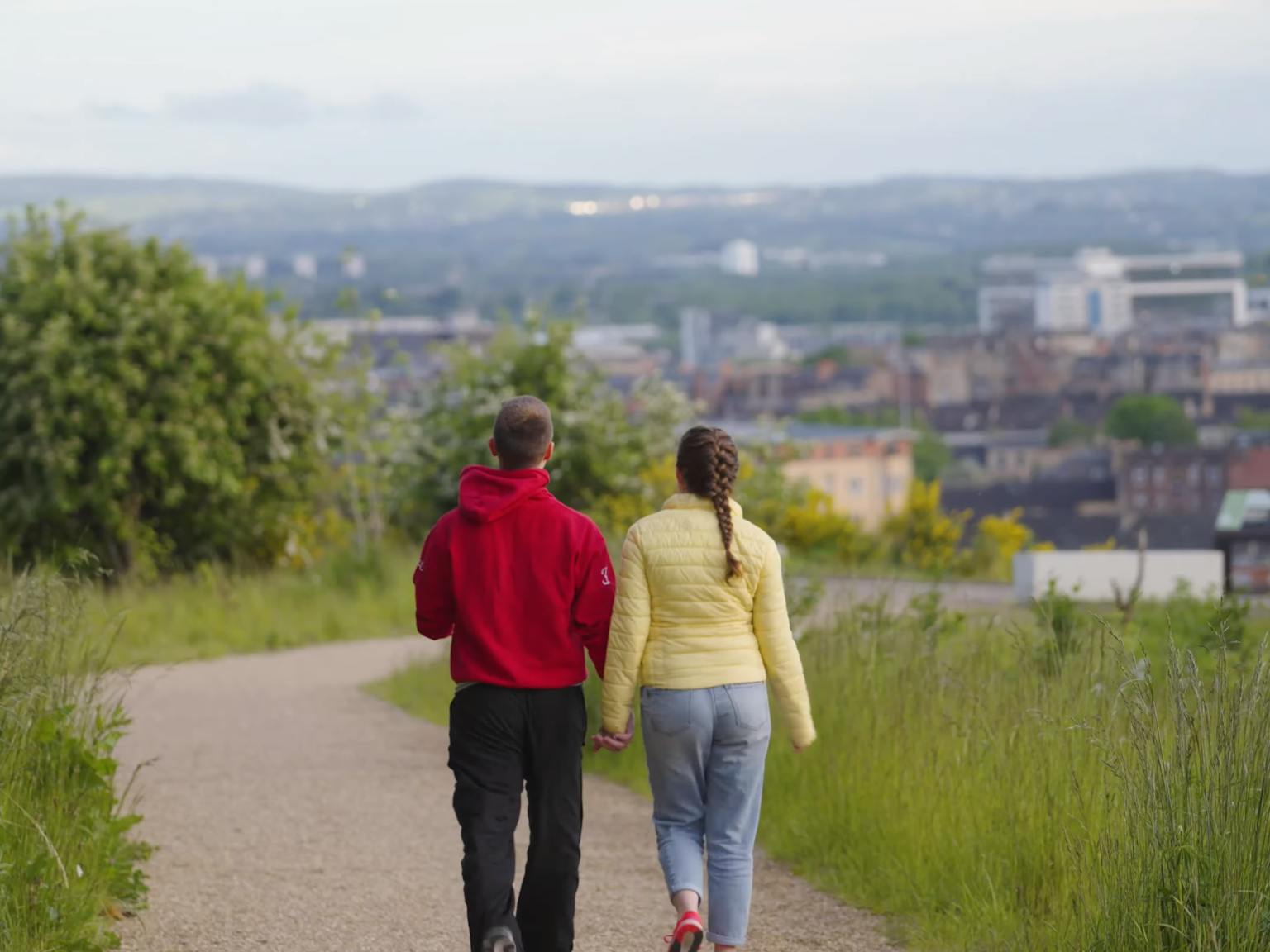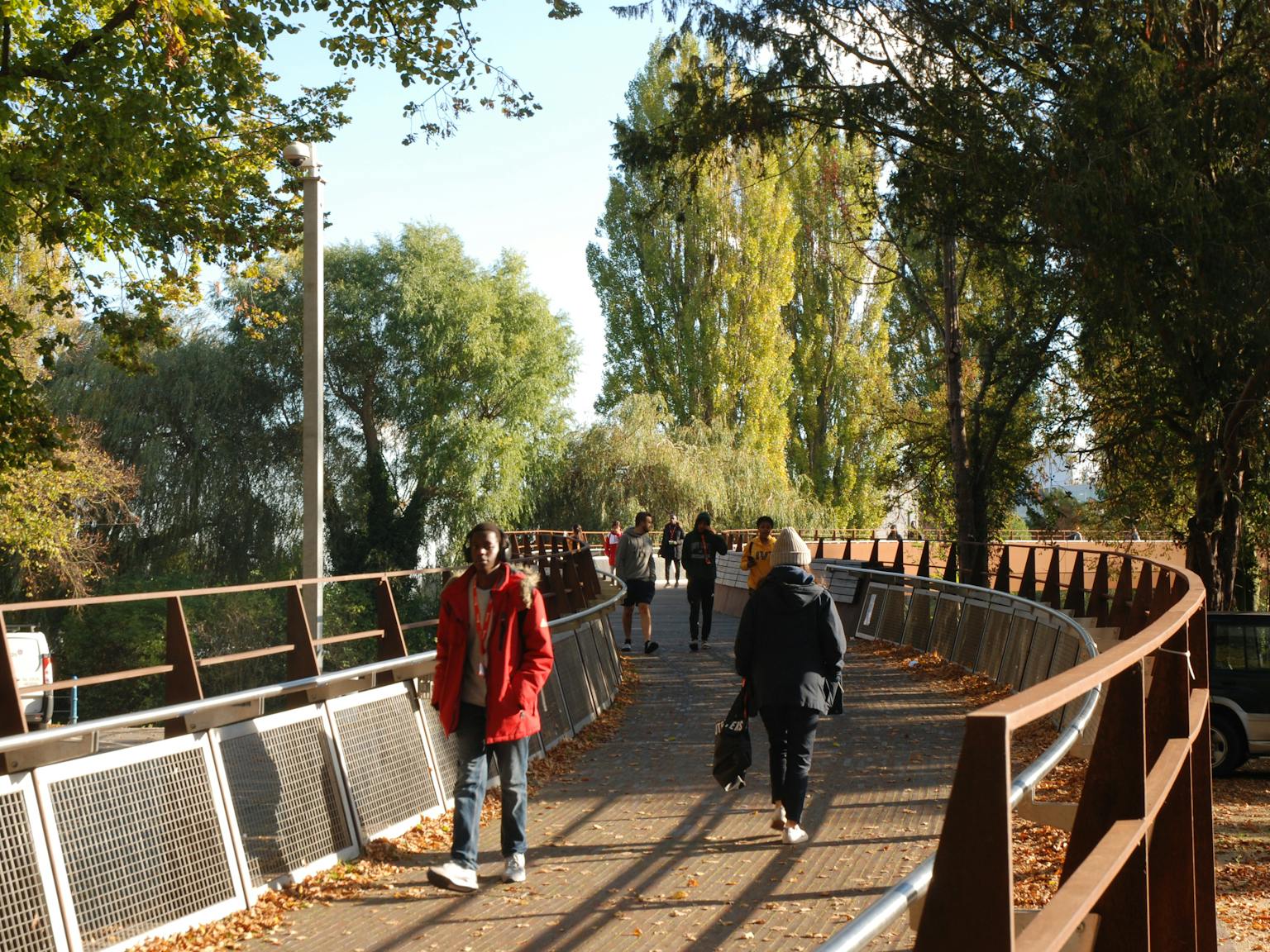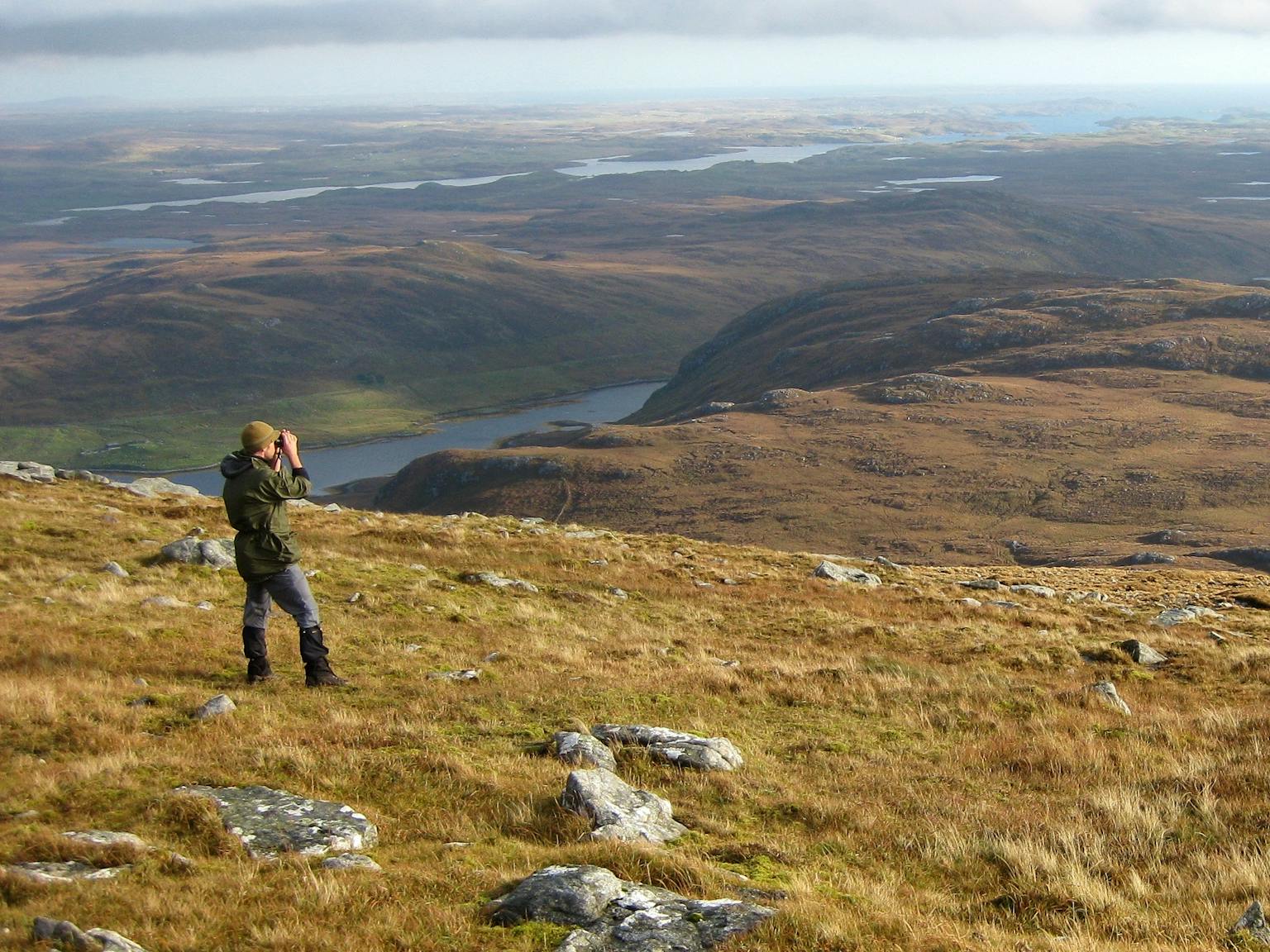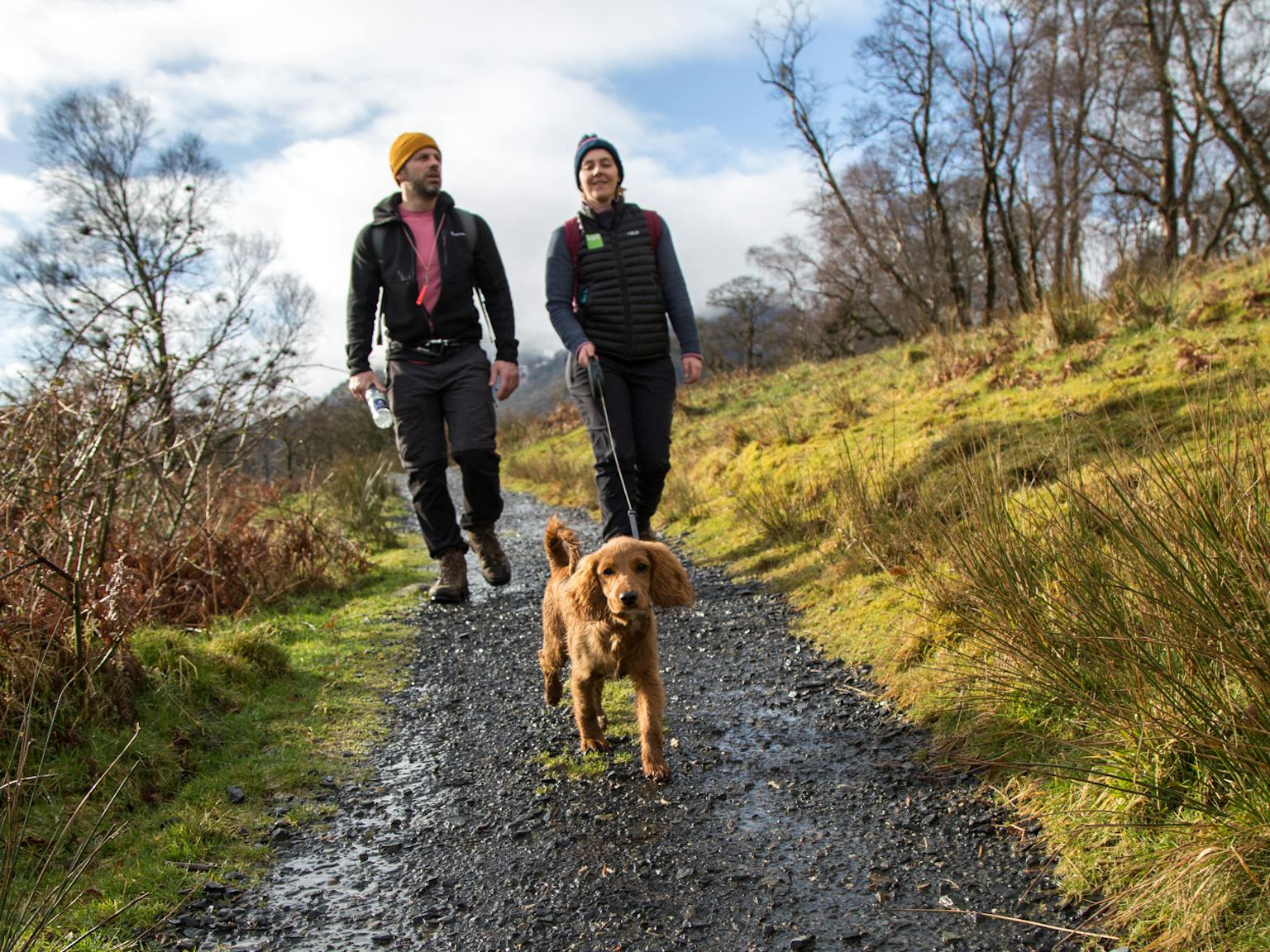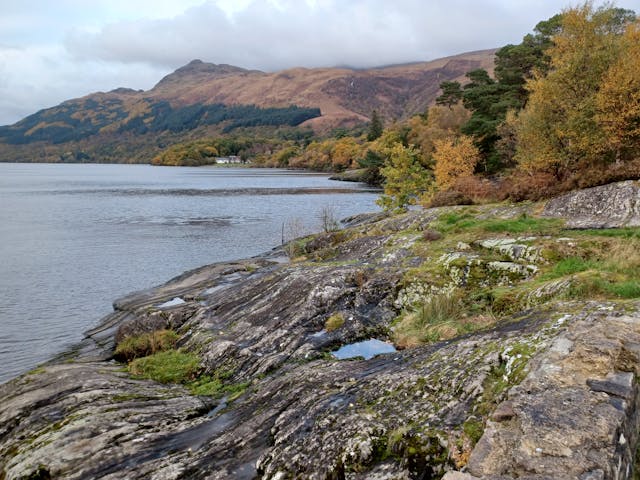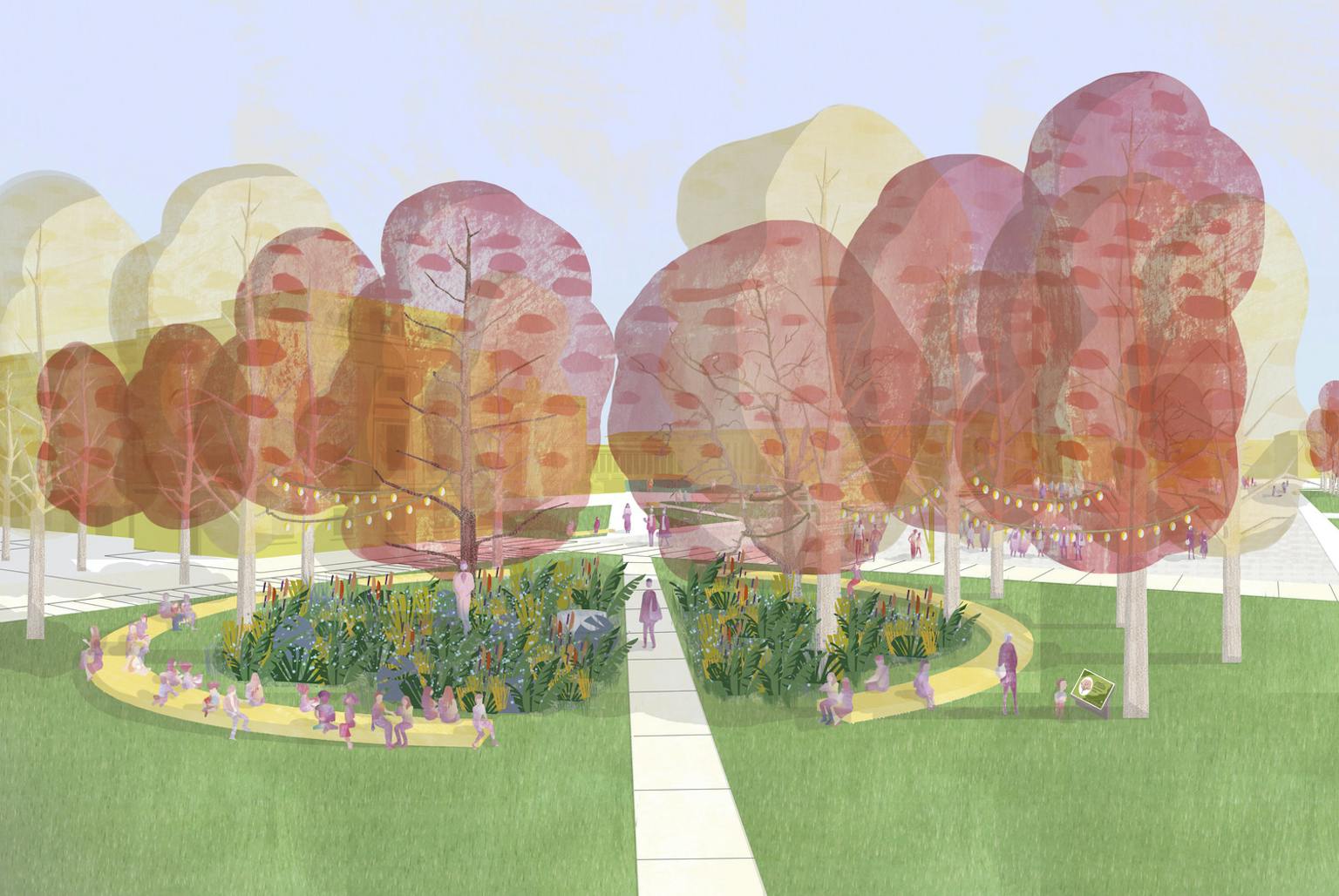
Making historic designed landscapes fit for the future: adapt to survive?
The UK enjoys a rich and diverse array of historic places, parks and parklands, which are recognised for their heritage values and significance, as well as their contribution of habitat and ecosystem functions and services. However, these designed spaces need to do more than act as time capsules of the past. They must adapt and evolve – as their heritage and biodiversity value allows – to provide appropriate, safe ‘breathing space’ for the population – a term with even more meaning for urban populations since the COVID-19 pandemic.
But how can the managers of these special places overcome their perceived constraints to offer new appeal and opportunity?
LUC has grappled with this for over 40 years, working on some of the most iconic historic designed landscapes in the UK. We regularly design renovation and restoration schemes in historic landscapes that sensitively maximise their potential. Our designed landscapes are quintessential to the fabric of the landscape and when appropriately treated, these rich assets pay healthy dividends.
Some of our recent projects are set out below, highlighting that careful adaptation is the key to keeping both publicly- and privately-owned historic landscapes relevant for 21st century use.
Read our full white paper here: Making historic designed landscapes fit for the future: adapt to survive?

